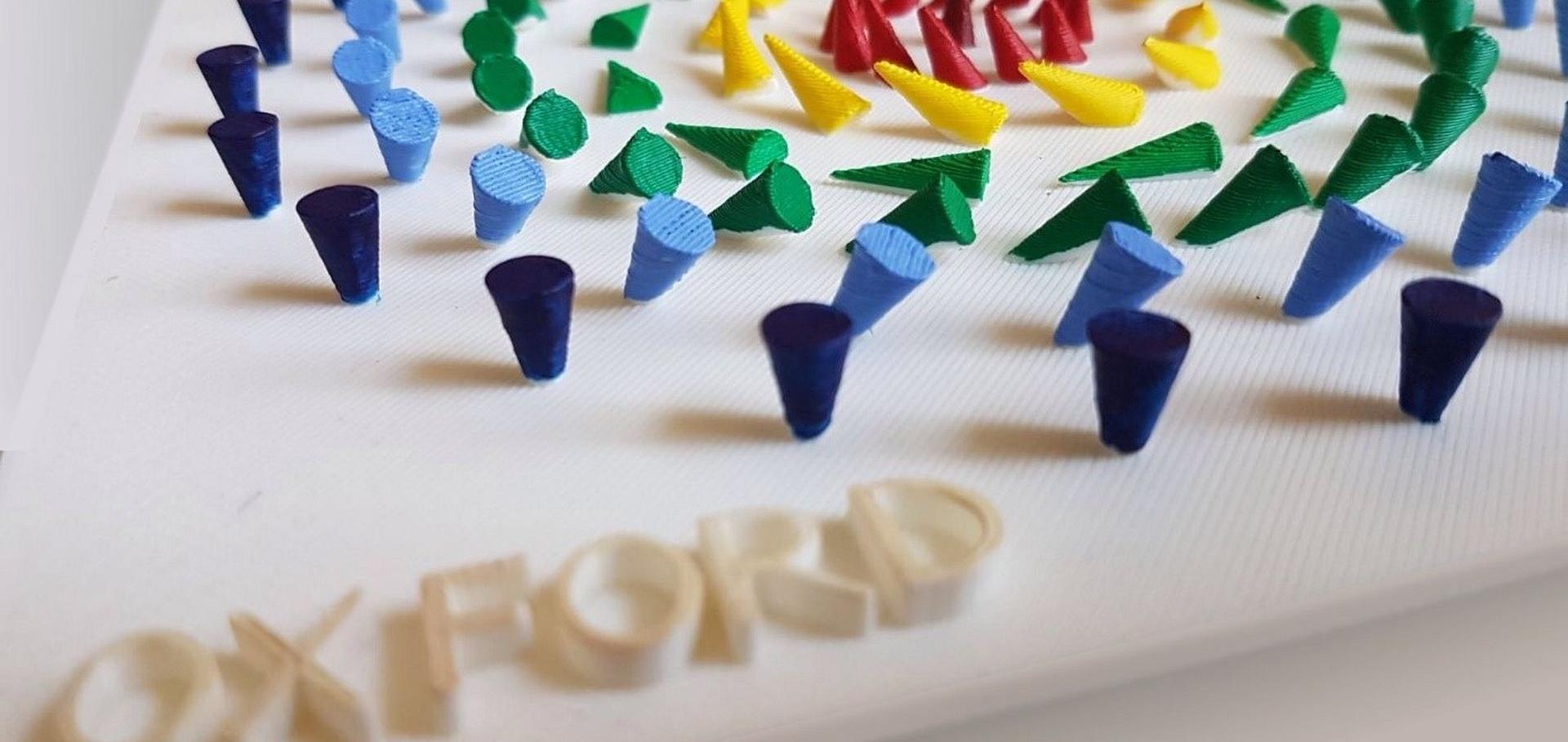Continuous roll-to-roll growth of graphene films by chemical vapor deposition
Applied Physics Letters 98:13 (2011)
Abstract:
Few-layer graphene is obtained in atmospheric chemical vapor deposition on polycrystalline copper in a roll-to-roll process. Raman and x-ray photoelectron spectroscopy were employed to confirm the few-layer nature of the graphene film, to map the inhomogeneities, and to study and optimize the growth process. This continuous growth process can be easily scaled up and enables the low-cost fabrication of graphene films for industrial applications. © 2011 American Institute of Physics.Development of an electronic nose sensing platform for undergraduate education in nanotechnology
European Journal of Physics 32:3 (2011) 675-686
Abstract:
The teaching of the different aspects of a sensor system, with a focus on the involved nanotechnology, is a challenging, yet important task. We present the development of an electronic nose system that utilizes a nanoscale amperometric sensing mechanism for gas mixtures. The fabrication of the system makes use of a basic microfabrication facility, as well as an undergraduate chemistry laboratory for material synthesis and preparation. The sensing device consists of an array of cross-reactive sensors composed of metal-oxide semiconducting nanoparticles. Each sensor in the array produces a unique response in the presence of a target gas, allowing the sensor to determine the identity and concentration of multiple gases in a mixture. The educational aspects include microheater simulation and fabrication, design and fabrication of interdigitated electrodes, development of interfacing circuitry and software, development and calibration of a sensory array, sol-gel processing of nanoparticle films and their characterization, and details of the fundamental chemical sensing mechanism. © 2011 IOP Publishing Ltd.Methane chemical vapor deposition on transition metal/GaAs samples - a possible route to Haeckelite carbon nanotubes?
Surface and Interface Analysis (2011)
An Undergraduate Nanotechnology Engineering Laboratory Course on Atomic Force Microscopy
IEEE Transactions on Education (2010)
Magnetic logic element based on an S-shaped Permalloy structure
Applied Physics Letters 96:7 (2010)


